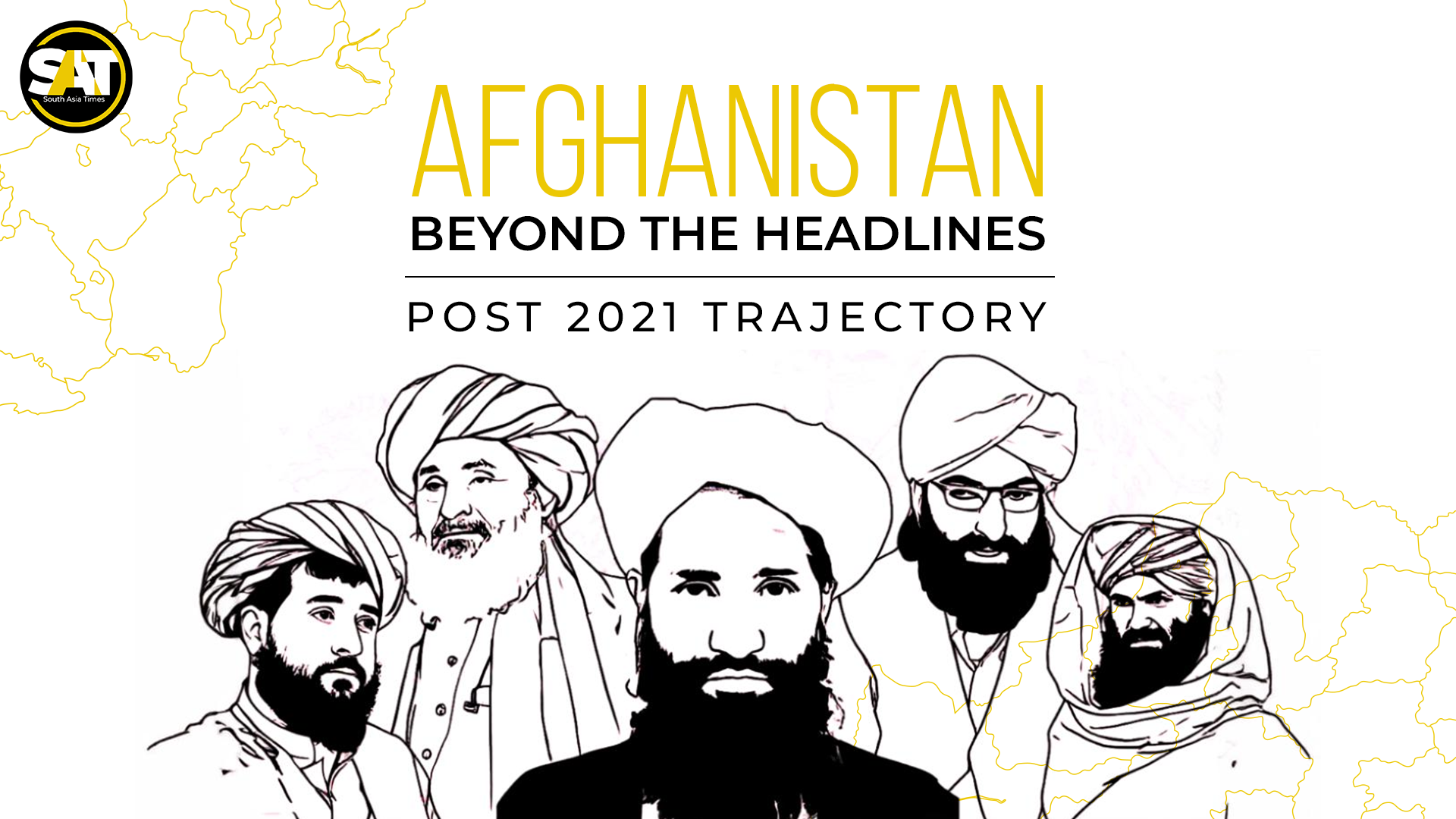The recent collapse of the Türkiye-hosted negotiations, aimed at neutralizing the threat of the Tehrik-i-Taliban Pakistan (TTP), has been widely misdiagnosed. Observers looking for failures in Pakistani diplomacy or procedural missteps are missing the forest for the trees. The negotiations did not fail; they were sabotaged from within. The breakdown was a direct, and perhaps inevitable, consequence of deep internal fractures and a desperate, high-stakes power play within the Afghan Taliban regime. What transpired was not a failure of mediation but a stark revelation of a regime at war with itself, incapable of presenting a unified front or making a sovereign decision.
From the very first session, it was clear that the Afghan delegation was not a cohesive body representing a state. Instead, it was a fractured assembly of competing interests, a microcosm of the power struggle raging back in Afghanistan. At least three distinct and rival blocs—Kandahar, Kabul, and Khost—were operating in parallel, each feeding separate, often contradictory, instructions to the delegates. The Kandahar faction, representing the traditional, hardline clerical power base, projected a certain authority. The Khost group, aligned with the powerful Haqqani network, managed its own security and political agenda. And the Kabul bloc, composed of more politically-minded operators, seemed focused on governance, recognition, and, most critically, the financial practicalities of running a pariah state. This internal disunity meant that negotiators on the other side were essentially playing a game of three-dimensional chess, where any concession agreed to by one faction could be instantly vetoed by another.
The turning point, the precise moment the talks were fatally wounded, came when discussions reached the critical stage of written guarantees. Pakistan’s core demand was simple and non-negotiable: the verifiable dismantling of TTP safe havens inside Afghanistan. Sources close to the talks indicate the Kandahar faction, perhaps understanding the strategic cost of inaction, had signalled a quiet willingness to proceed on this point. A path to a preliminary agreement seemed possible.
Then, during a break, the Kabul group staged its manufactured complication. They returned to the table with a sudden, blindsiding precondition: no agreement could be signed unless the United States joined the talks as a formal guarantor.
This demand was a diplomatic grenade. It had never been part of the agreed-upon agenda, nor had it been raised in any previous rounds. It was a complete departure from the bilateral security framework. Its timing was particularly cynical, deployed at the very moment a breakthrough on the core issue of TTP sanctuaries seemed imminent. This move can only be understood in the context of simultaneous chatter on Afghan social media accounts, which suddenly amplified reports of US drones. This was not a coincidence. It was a coordinated signal from the Kabul faction, creating a pretext for demanding US “oversight,” effectively inviting American re-engagement in Afghan security affairs.
The move caught the mediators by surprise, not just for its procedural audacity, but for its transparent motivation. This was not about enhancing the security or durability of a potential agreement. It was a gambit to reopen a financial corridor through Washington. The Kabul bloc was attempting to hijack a critical bilateral security negotiation and transform it into a three-party, donor-linked arrangement. They were, in essence, transforming the TTP security file into a bargaining chip for international financial aid.
The behind closed doors drama offered a tragicomic window into this dysfunction. Witnesses described visible confusion and disarray on the Afghan benches. One delegate was seen taking instructions from a handwritten chit passed by a handler sitting outside the official delegation. Another repeatedly left the room to take agitated phone calls, reportedly patched directly to high-level figures in Kabul.
The results of these interventions were immediate and destructive. After each phone call, the negotiating landscape shifted. Every clause that had been previously agreed upon was suddenly “reopened.” Points that had been cleared hours earlier were now “under review.” The pace of the talks was intentionally dragged to a halt, with procedural questions and semantic arguments replacing substantive discussion. It became painfully obvious that the objective of at least one powerful faction was not to reach a settlement. The goal was to stall, to filibuster, and to create enough ambiguity to loop in other outside actors, including potentially India, to complicate the equation further.
Why this desperate push for an American guarantor? It has nothing to do with sovereignty or ensuring compliance. It is a calculated financial reinsertion tactic. The logic of the Kabul bloc appears to be this: if the US is added as a guarantor to a security pact, the Taliban can frame this as “cooperation” with Washington on counter-terrorism. If formal cooperation begins, even on a limited basis, it provides a powerful argument for reopening talks on economic assistance and the release of frozen Afghan assets. Once that money flows, the immense internal pressure on the regime, pressure from a starving populace, unpaid fighters, and rival commanders,is reduced.
This strategy is as cynical as it is dangerous. Instead of decisively countering the TTP to prove their credentials as a responsible state, the Kabul faction is attempting to monetize the TTP’s very existence. The TTP threat is no longer just a security problem; it is their primary leverage, their last, best bargaining chip to revive the flow of Western dollars that propped up the former republic. They are signaling to Washington that the price for action against anti-Pakistan terrorists is the financial rescue of the Afghan regime.
This assessment is not based on conjecture. Privately, both Qatari and Turkish facilitators, exasperated by the impasse, acknowledged three clear points. First, that Pakistan’s demands for action against the TTP are legitimate, reasonable, and fully aligned with international counter-terrorism norms. Second, that the Afghan side is not blocked by any substantive disagreement on the core issues but by its own internal insecurity and political paralysis. And third, that the Kabul faction specifically and intentionally derailed the process to drag the file toward Washington, seeking financial leverage.
The bottom line is unequivocal. The Turkiye talks did not fail because of a diplomatic impasse. They failed because the Afghan regime is fundamentally and perhaps irreparably divided. They failed because key factions within that regime are actively working to pull the United States back into the Afghan equation, not as a partner for peace, but as a pipeline for cash.
Ultimately, the regime is unwilling to act decisively against the TTP, not just because of ideological sympathy, but because the TTP serves two critical strategic purposes. It is their last bargaining chip to extort the international community, and it remains a valuable tool to ensure the continued flow of support and funding from regional spoilers like India. Until Kabul resolves its own internal power struggle and stops trying to convert the currency of terrorism into political and financial capital, no amount of mediation, diplomacy, or negotiation can possibly succeed.






